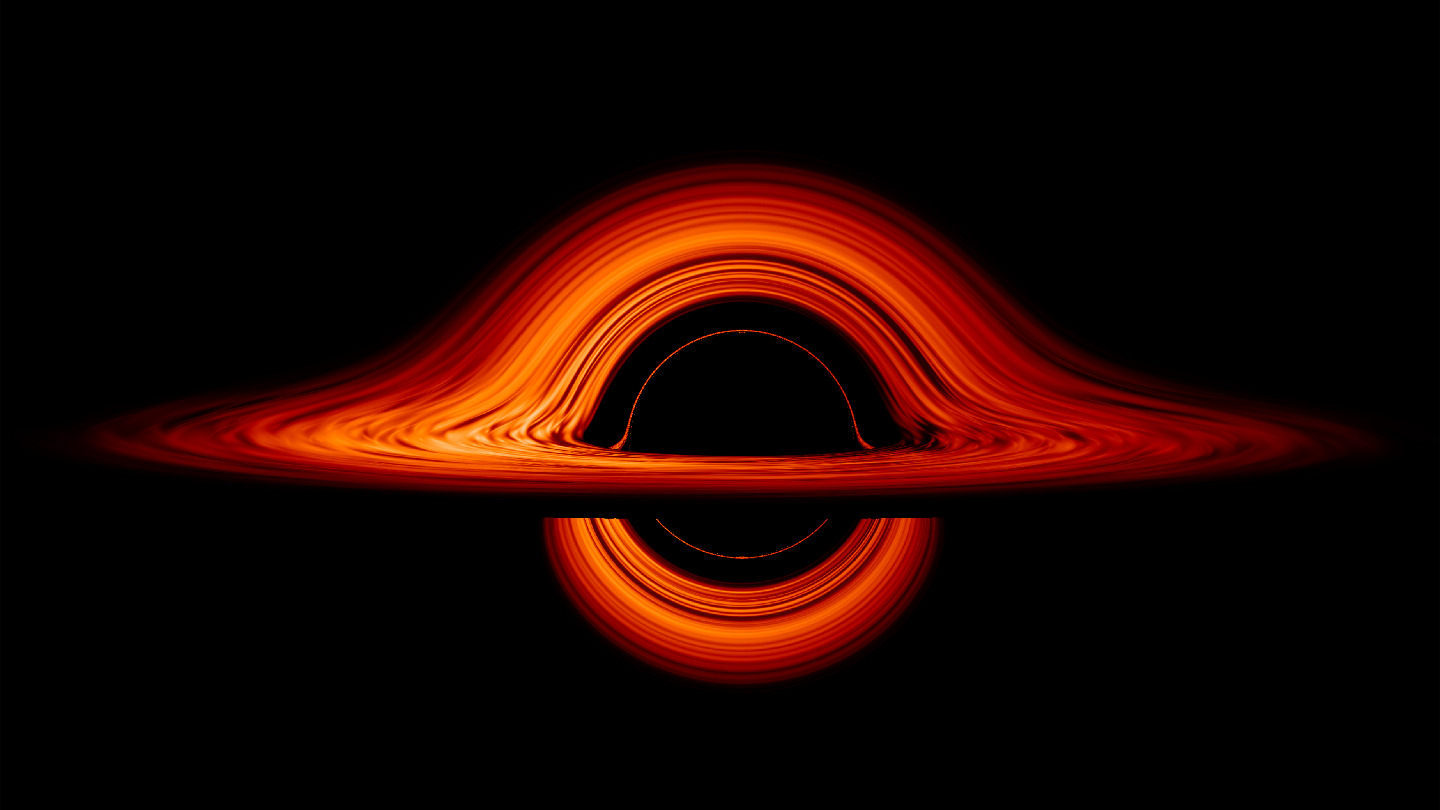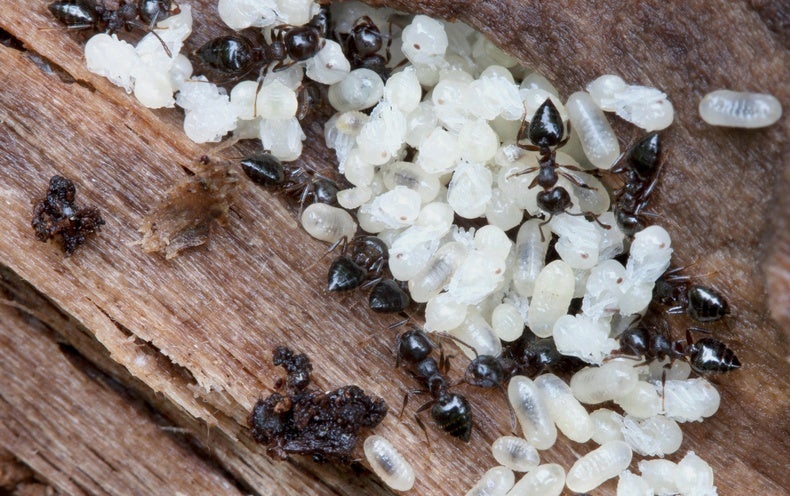Mars as seen by the Zhurong rover
Mars appears to have had liquid water on its surface as recently as 400,000 years ago, possibly starting as snow that melted and helped turn sand dunes into solid, cracked crusts, according to images taken by China’s Zhurong rover.
A lot of evidence points towards Mars having had vast deposits of liquid water at some point in its ancient past, but how long this water persisted for or how much made it to the planet’s recent past is unclear.
Now, Xiaoguang Qin at the Chinese Academy of Sciences in Beijing and his colleagues have found cracks, crusts and clumps of particles on top of sand dunes in the Martian plain of Utopia Planitia that can only be explained by liquid water from between 400,000 and 1.4 million years ago.
“Sand dunes are a more modern landform,” says Qin. “These crusts on the dunes’ surfaces have solidified the sand dunes and stopped them moving.”
The presence of certain salts in the sand led the team to believe the water originally fell onto the sand dunes in the form of snow or frost, which later melted and mixed with the sand to form hydrated minerals. These minerals then clumped together and, once the water evaporated, were cemented in place and formed the cracked crust seen by the rover’s camera.
The mechanism that Qin and his team propose for the cracks having formed by a water-based cement is convincing, says Matt Balme at the Open University in the UK, but there is still a possibility that it could have formed through another Martian geological mechanism that we aren’t aware of on Earth, he says.
Given how many sand dunes have been seen in other Mars missions, it might be worth revisiting those images to see if similar features can be found, says Balme.
Topics:














